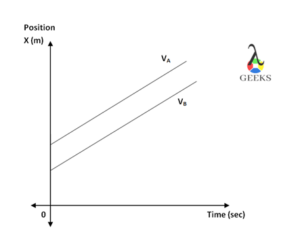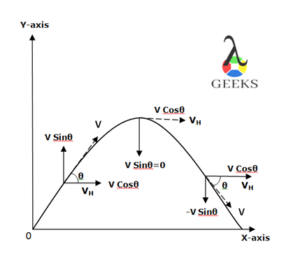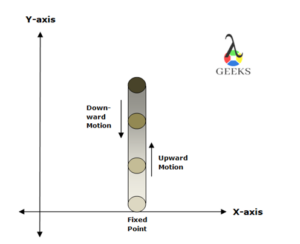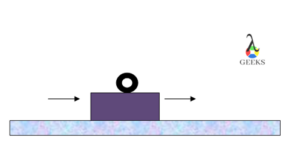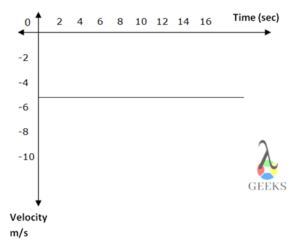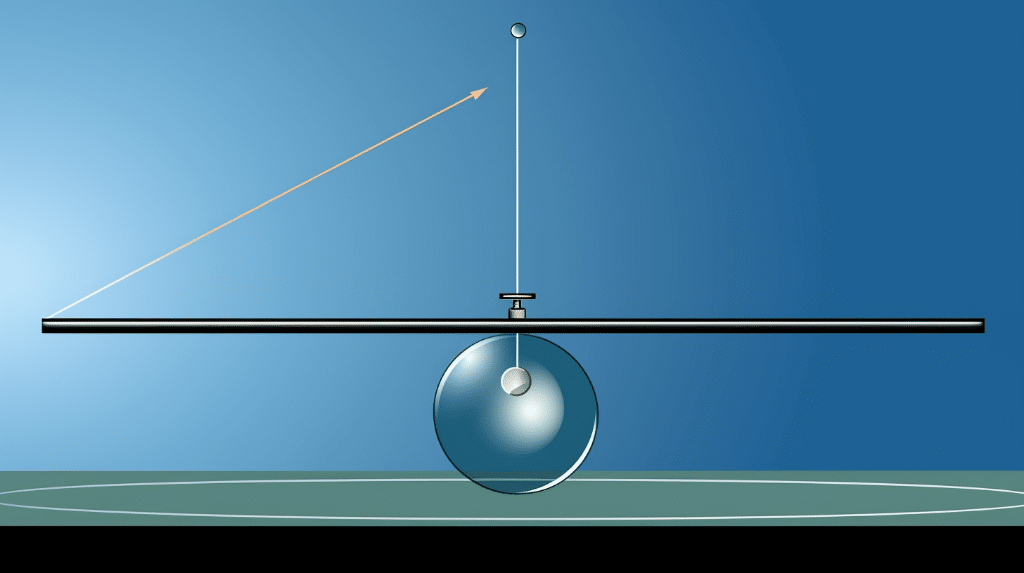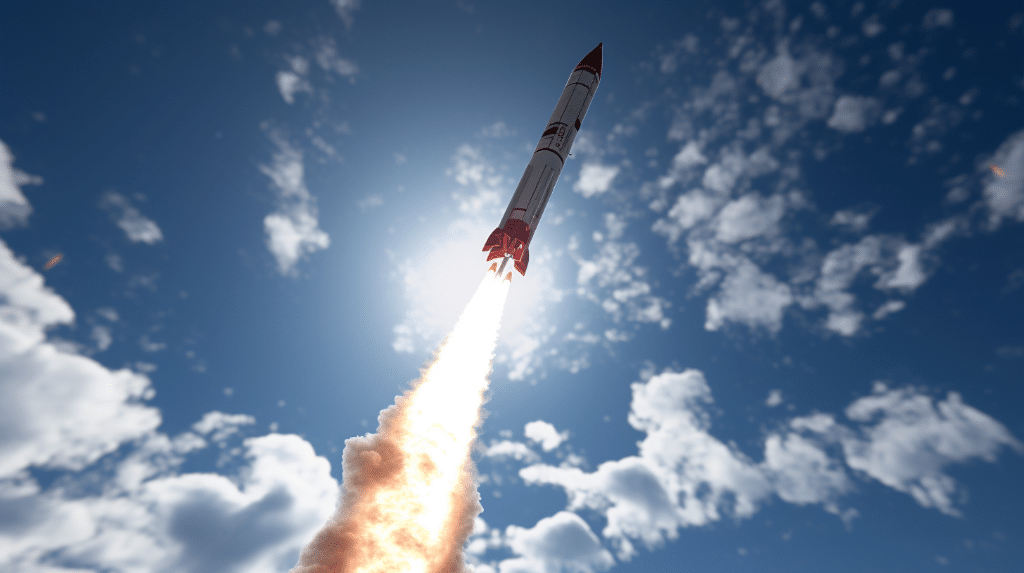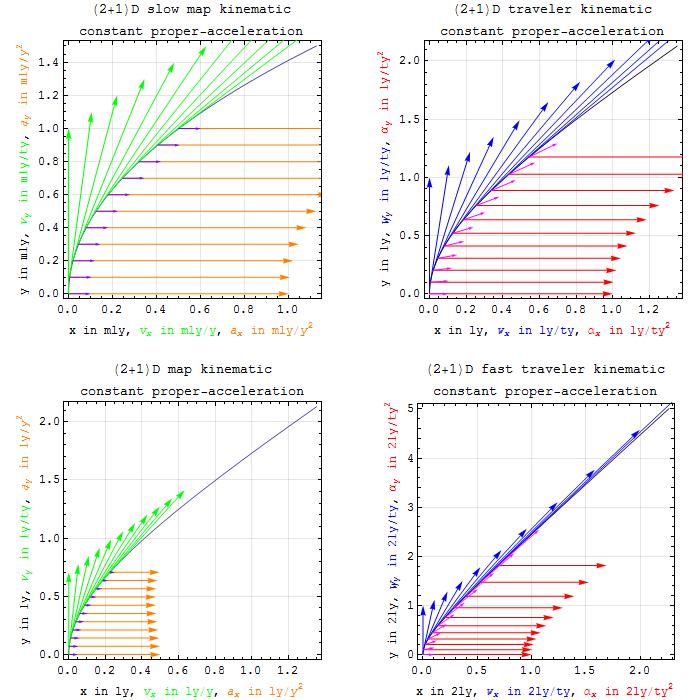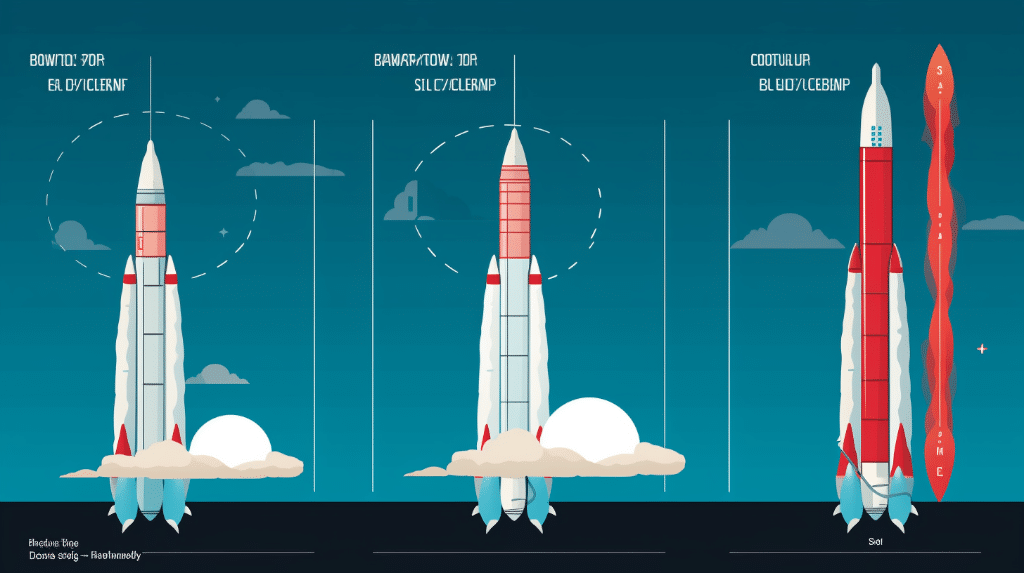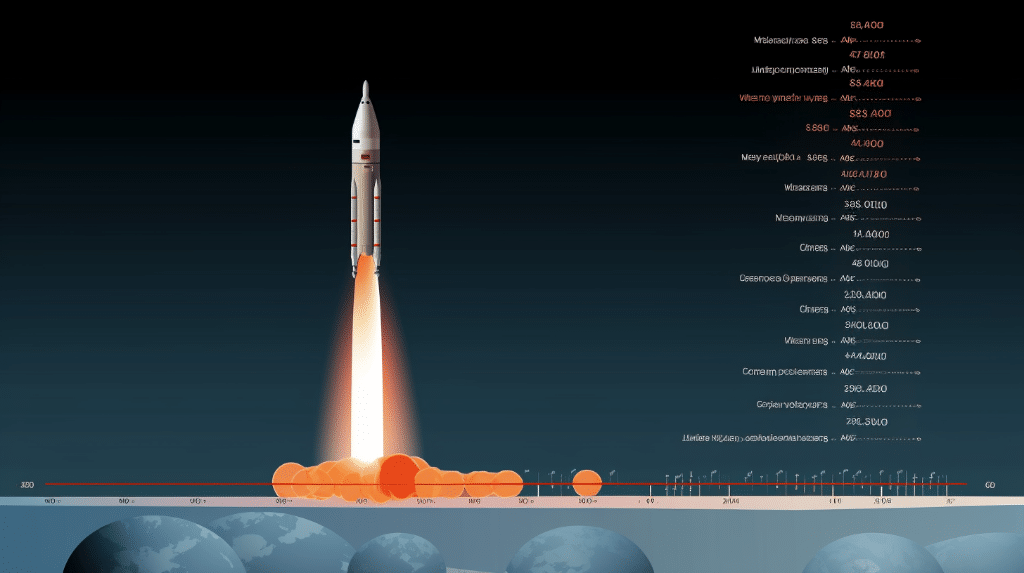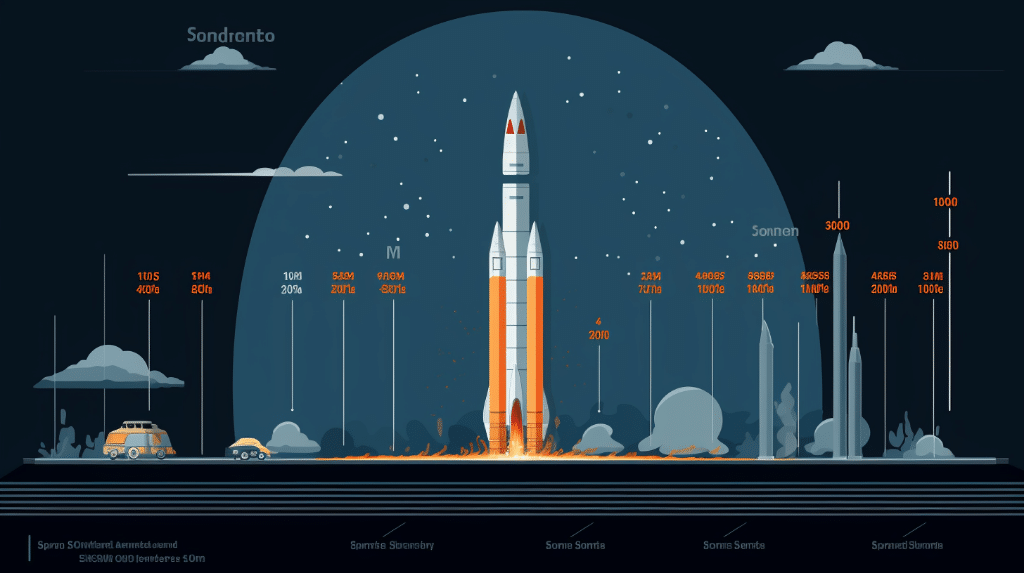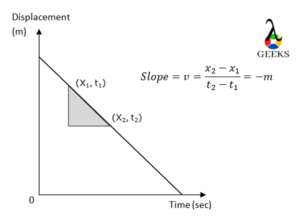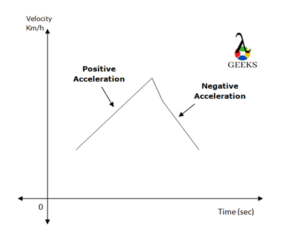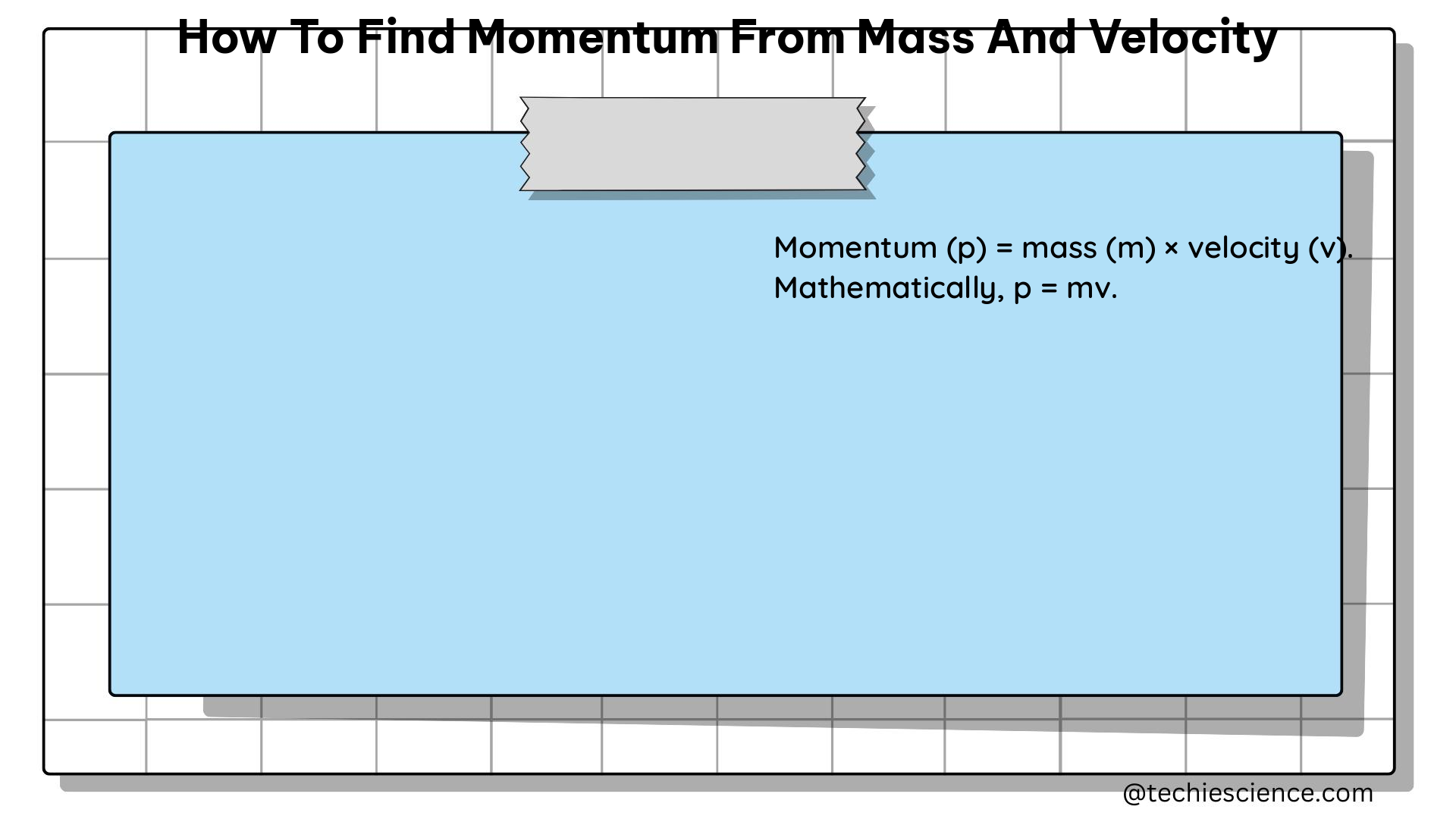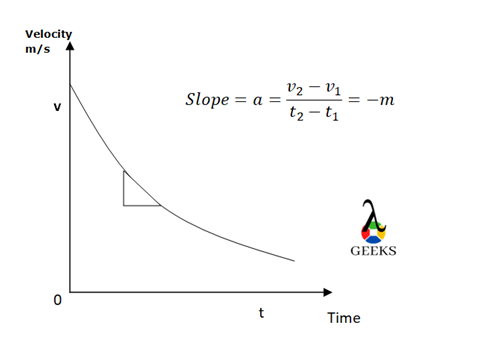In this article, we will talk about the zero average velocity along with some examples, and solve some problems.
When the object is at a rest or after displacement tends to return back to the same initial position, then the average velocity of the object is zero.
What is Average Velocity?
The velocity of the object can be determined if there is a displacement of the object in a given time.
The sum of all the velocities of the object varied with time divided by the total number of velocities into consideration gives the average velocity of the object along with time.
Problem 1: A car travels from point A to point B which is 20 km apart. A car traveled first 3 km at a speed of 40km/s, next 7 km at a speed of 70km/h, further at 60km/h to a distance of 6 km, and the remaining 4 km at a speed of 40km/h. Calculate the average velocity of a car.
Given: V1=40km/h, V2=70km/h, V3=60km/h, V4=40km/h;
Therefore, the average velocity of the car is

The average velocity of the car to cover a distance of 20kms was 52.50 km/h.
When does the Average Velocity Becomes Zero?
The average velocity will become zero if the sum of all the velocity of the velocities of an object is zero.
This is true if the object is stable at rest position and there is no displacement of the object along with time, or else the object is moving front and back with positive and negative velocity, then the average velocity might become zero.
The object accelerates in the reverse direction accompanied by the negative velocity as the displacement is away from the direction of its motion.
An object on decelerating tends to come at a zero velocity and then accelerates back in the opposite direction with positive acceleration.
Let us understand how we can have zero average velocity with positive and negative velocities by solving below the problems.
Problem 2: Consider a bob sliding on a semi-arc slide of length 60 cms, every time when it reaches the edges of a slide its velocity becomes zero, and while sliding down from point A it covers 30cms in 2 sec and while sliding upward from the middle, it covers remaining 30 cms in 3 sec to reach point B. Then what will be the average velocity of a bob to reach back to point A?
Solution: Upon releasing from point A, a bob covers a distance of 30 cms in 2 sec, hence the velocity of the bob is
x1=30cms=0.3m
t1=2 sec
V1=x1/t1=0.30m/2=0.15m/s
The velocity of bob while climbing up the distance of 30 cm in 3 sec is
V2=x2/t2=0.30m/3=0.10m/s
At the edge, the velocity of the bob becomes zero, because the kinetic energy of the bob is converted into a potential energy that tends the bob to held for a while before its potential energy is converted into kinetic energy due to gravity which force its motion downward and hence exerts a free fall of a bob.
V3=0
On reversing the motion, the displacement is in the reverse direction and hence the displacement is negative.

Hence, the average velocity of the bob is zero.
Read more on Zero-Velocity Surface.
Why is Average Velocity Zero?
The average velocity is simply the distance covered by the object in a given time.
If the object is found to be in the same position after a certain time, irrespective of the work done or the displacement of the object to come back to the original place, then the average velocity of the object will be zero.
This is seen in the circular motion of the object when the object travels in the circular path and reaches the initial point from where the object had started its journey, and also when the object reverses its direction of motion after certain displacement.
Zero Average Velocity Graph
Look at the following position-time graph for the average velocity to be zero.

The above graph shows the position of the object between the time intervals T1 to T3. The initial position of the object at time T1 was x1 and then displaces to x2 after time T2. Since the displacement of the object is to the higher position from that point, the velocity of the object is positive.
The final displacement of the object brings it back to its initial position, which is x1. As the displacement of the object is to the lower position from its higher position, therefore, the change in displacement of the object is negative and hence the velocity of the object is negative.
The displacement of the object is equal at both the time, and if there is an equal time interval then the velocity of the object is equal and opposite. Therefore, the average velocity of the object will be zero.
Average Velocity Zero Examples
The object at rest, immobile objects, an object moving in a circular path, an object in motion but returning back to the same position, an object accelerating at a point, are some examples of zero average velocity.
If an object accelerates in a particular direction then reverses its direction and moves at the same velocity to reach its initial position then the displacement is zero and the average velocity of the object is zero.
Read more on Zero Velocity: What, How, When, Examples And Problems.
Frequently Asked Questions
Q1. The object is initially standing at the position 20m away from the origin which travels 20m further for a few seconds and returns back to its initial position. The same is shown in the below graph. Find the average velocity of the object with reference to the graph.

Solution:
The velocity of the object between the time interval t1=7 sec and t2=15 sec, the position of the object was x1=20m and x2=40m.

The initial velocity of the object was 2.5 m/s.
The velocity of the object between the time intervals t2=15 sec and t3=23 sec, the position of the object was x2=40m and x3=20m.

The final velocity of the object was -2.5m/s.
Therefore, the average velocity of the object is

The average velocity of the object is zero.
If we measure the velocity of the direction, that from the first and third position of the object, at time t1=7 sec and t3=23 sec, the position of the object was x1=20m and x3=20m,

The velocity of the object is still zero.
Q2. A man is walking in a circular path with a diameter of 42m. There are two poles on the two opposite sides to each other. Pole A is straight opposite to pole B at a length of 42m. If a man reaches pole B from pole A in 33 seconds then calculate the velocity of a man. Also, calculate the average velocity of a man on reaching back to pole A and again back to pole B.
Given: The diameter of the circular path is 42m.
Therefore, the radius of the circular path is 21m.
The length of the circular path is equal to the circumference of the circle.
c=2πr=2*(22/7)*21=132m
A man reaches pole B from pole A in 33 seconds, which means man covers half of the circular path in 33 seconds.
Distance covered= 132/2=66m.
A man covers 66m in 33 seconds, hence the velocity of a man is
V1=(66-0)/33=2m/s
The velocity of a man to reach back to the pole A
V2=(0-66)/33=-2m/s
Hence average velocity of a man on reaching pole A will be
V=(V1+V2)/2=(2-2)/2=0
On reaching again to pole B, the average velocity of a man now is
v=(V1+V2+V3)/3=(2-2+2)/3=2/3=0.67m/s
The average velocity of a man will keep on decreasing on increasing the number of rounds and will become nearly equal to zero.
What is the difference between the zero velocity and the zero relative velocity?
Both imply the zero velocity of the object and the object is fixed in the frame of reference.
When we say that the object has zero velocity, there is no displacement of the object along time and when we talk about the relative velocity, we are looking at the relative displacement of the object in the two different reference frames.
Does the average speed of the object affect if the average velocity of the object is zero?
The average velocity is the change in displacement of the object in a time, whereas the speed is the distance traveled by the object in a time.
If the object returns back to the same position after displacement then the average velocity of the object will become zero, whereas the average speed of the object will be non-zero, because it only measures a distance covered by the object in the duration of time.
Also Read:
- What is constant negative velocity
- Is horizontal velocity constant
- How to calculate velocity in loop quantum gravity
- Velocity vs acceleration
- Centripetal acceleration and velocity
- Velocity unit
- How to find velocity without time
- How to find mass using kinetic energy and velocity
- Horizontal speed vs horizontal velocity
- Instantaneous velocity vs velocity

